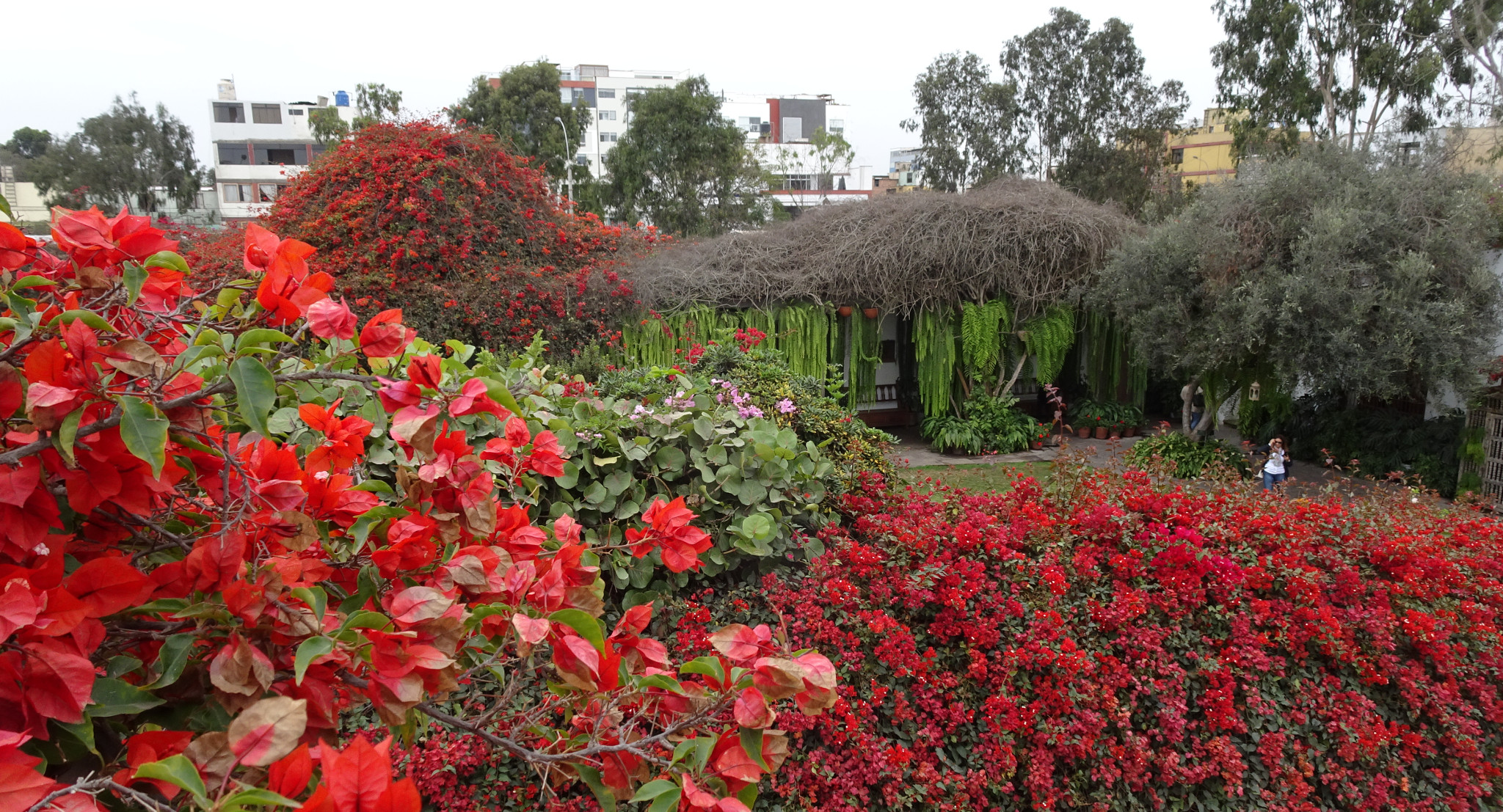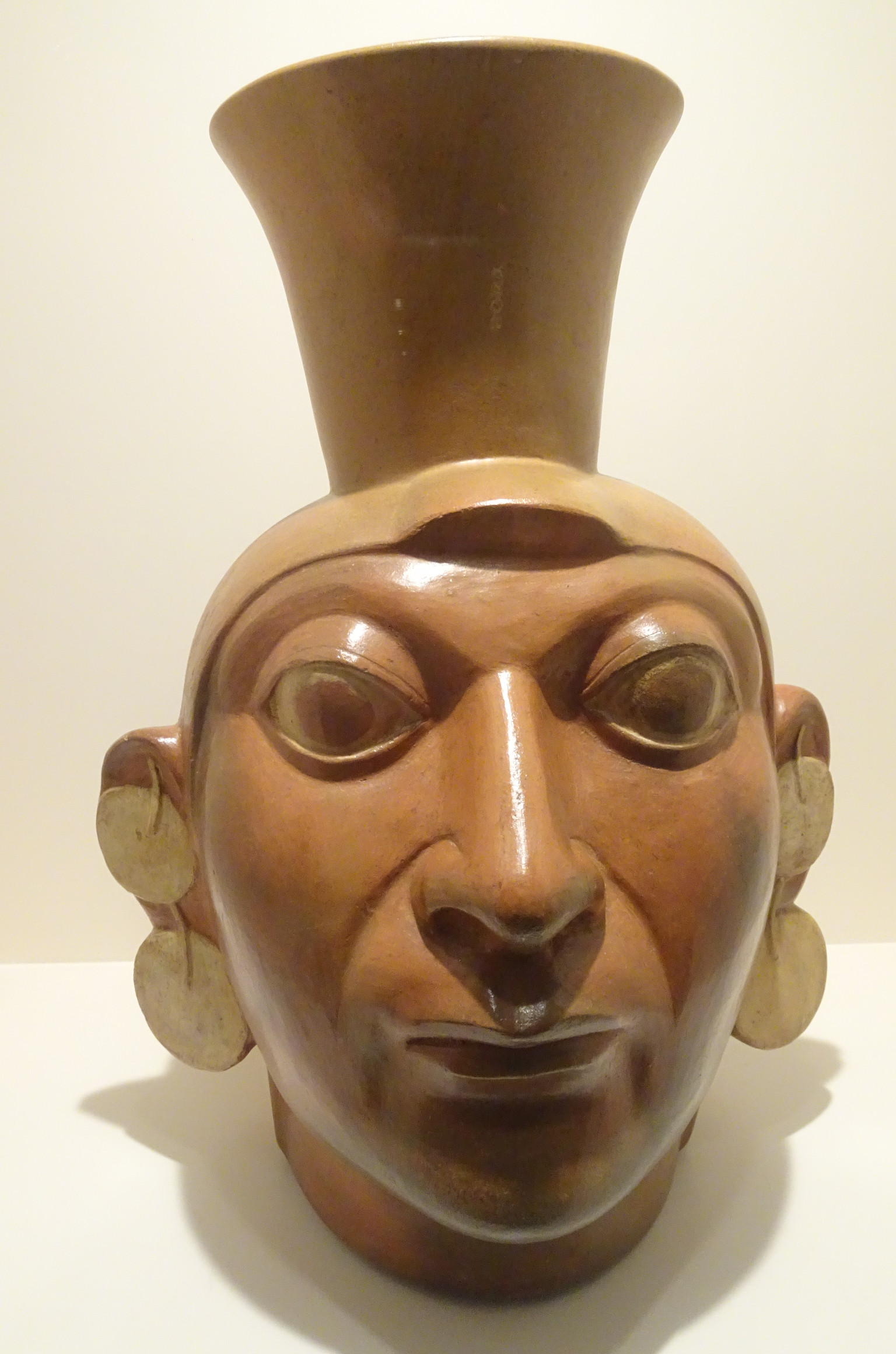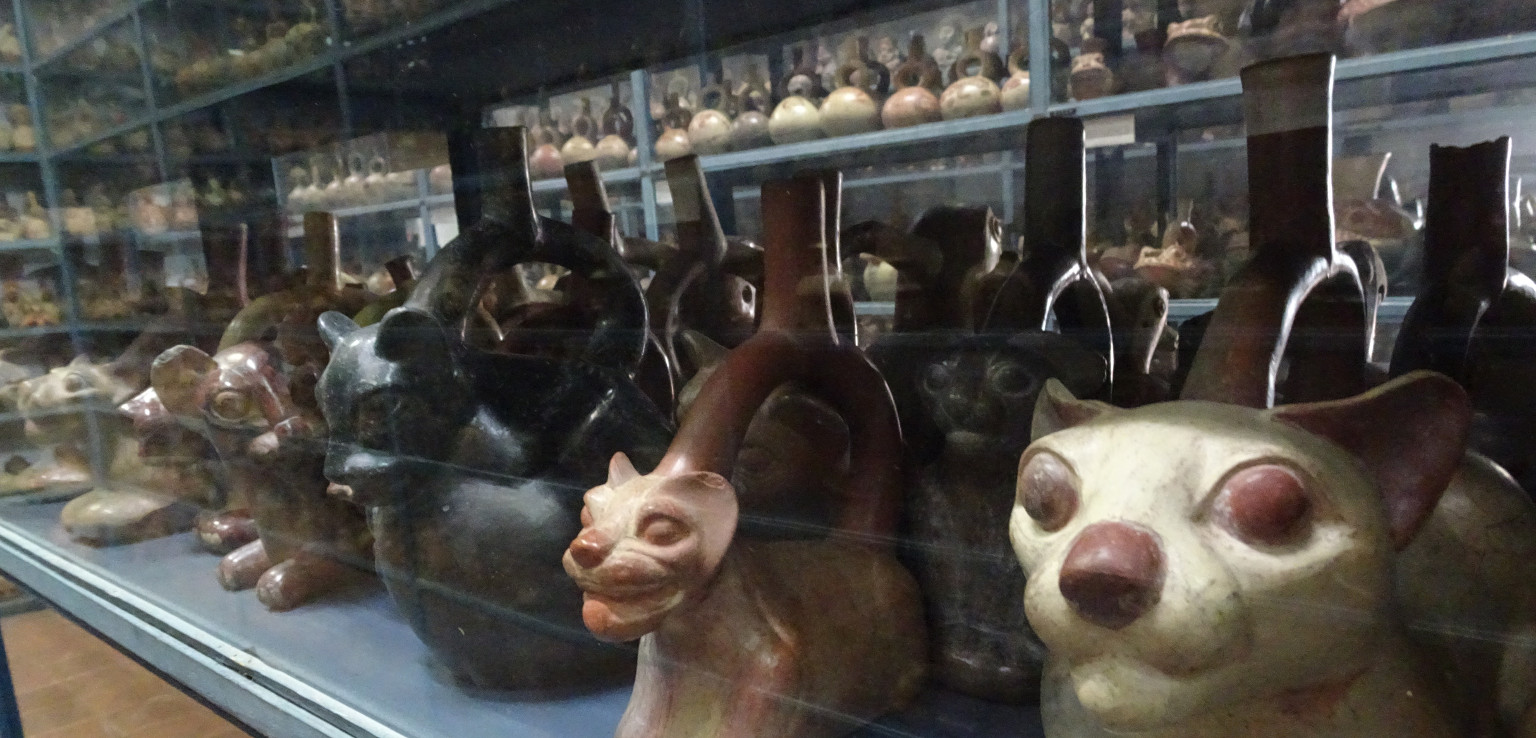Peru Day 11: Larco Museum
The sole reason we wrangled an extra day in Lima was to visit the Larco Museum: it had figured prominently in our pre-trip learning, and my friend R. visited it last year and reinforced the recommendation. Was it worth the emotional drain of being in Lima?
I can’t answer that. Instead I’ll say: I’m thankful to have visited the Larco. Because of it I left Peru with a much richer sense of the development of all the regional civilizations, their timeframes and geography and accomplishments. Still an incomplete understanding, but one that is now more accessible to me—in a real sense—than ethereal books or lectures. If your travels take you to Peru, and if your interests lie in the big picture of precolumbian civilizations (not just the minuscule fraction that is Inca), you would do well to consider a visit here.
The museum is well laid out, with an effective mix of chronological and geographical separation that takes a while to get used to but ends up being very helpful. At the entrance is a large mural with a beautiful, clean table crossreferencing the six major time periods against the four principal regions, with the relevant civilizations in each cell; we wished we’d had this as reference when we were listening to the Teaching Company lecture referenced above.
Arrowheads, ceramics, and textiles. Not much metalwork, because the metals in question were for the most part ones we deem “precious” and hence were looted by Spaniards. The ceramics are exceptional, even to me as someone who knows nothing about the craft. Elegant, appealing to the eye, with diverse and interesting shapes and features. Best of all, the the Larco relates, with exquisite samples and helpful narration, the multi-millennial development of sophisticated cultures and their improvements to the craft. Walking to a new room was somewhat like experiencing punctuated equilibrium in the evolution of clay mastery: a period of minor variations on a theme, then a sudden jump to distinctly new forms. The plaques accompanying each display would reinforce common themes, showing the viewer what was most important or interesting about a given style.
Perhaps most gapeworthy were the storage rooms where thousands of artifacts are on unceremonious display, unlabeled, poorly lit, just jammed together in an overwhelming, mind-boggling orgy of artwork. Each piece was worthy of attention, each one surely has a story to tell, yet it was heartbreakingly impossible to spend time on any given one. I was reminded of the storeroom in the final scene of Raiders of the Lost Ark: an army of Top (Wo)Men could spend lifetimes investigating these; few, I suspect, were.
Did someone mention orgies? The Larco also has an Erotic Room with refreshingly frank and quirky depictions of scenes we don’t typically see in classy museums. The works here were surprisingly varied: some graphic, some tame; some eyebrow-raising; some eliciting smiles. All of them acknowledging a rather important part of the human experience.
(The name of the room, though, irks me. The displays include women breastfeeding or giving birth; simple nudes, male or female, no hint of eros. I can understand needing a separate room for “objets d’art representing parts of life that prudes don’t like to talk about”, but Erotic Room isn’t quite that. Do visit, but take a grain of salt when entering this exhibit.)
Leaving Lima
And so to the airport. Some waiting involved, some chaos, some amusement, none of it worth sharing. At our gate we ran into D & J who were on our same flight. They gushed over their experience hiking up Rainbow Mountain, showed us pictures and videos that were obviously photoshopped because there’s like no way those colors were real, and we shared final memories and laughs. In Lima the check for hazardous liquids is done at the boarding gate, by two employees who are so unbelievably well trained that they can detect any sign of liquid merely by glancing at your carryon or, in some drastic cases, languidly unzipping one compartment and immediately zipping it closed. Truly amazing talent.
To our seats, which were in the back of the plane.
Eye shades in, ear plugs on, settled nicely in our plush roomy comfy seats, I slept soundly the whole way back.1
-
No, not really. But I learned that “this shall pass” is remarkably useful as a mantra. ↩︎



